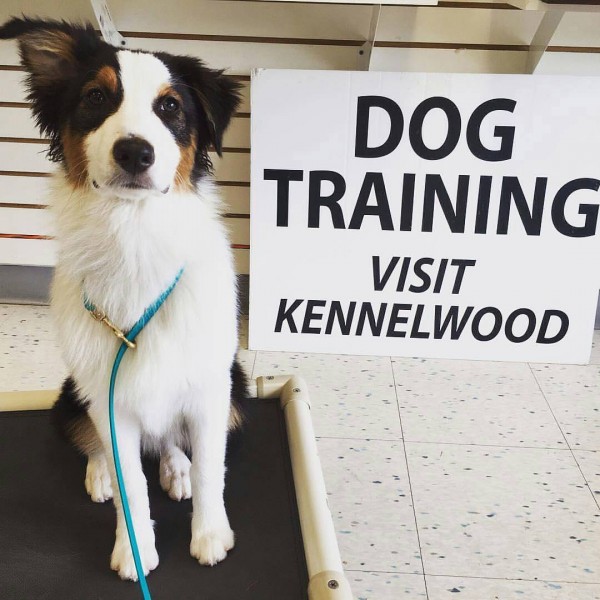How to Talk to Your Newly Trained Dog
Posted by Jenn on 07/22/2016
Most people who send their dogs to a puppy class or a doggie boot camp have the same basic goal in mind: a happy, confident dog who dependably follows the rules of life with humans. But even the best dog trainer can’t make that happen overnight, especially if the dog had little training in the past or has picked up some bad habits. To get the most out of your dog’s training program, you need to provide clear, consistent leadership at home -- and, as any management seminar will tell you, leadership starts with communication. Here are some great tips for communicating with your newly trained dog:
Use the same commands your dog is learning so you do not create confusion.
Find out what commands your trainer teaches, and use the same words in the same way. For example, if your dog was taught that “Down” means lie down, you shouldn’t use “Down” to mean “Off.” Similarly, “place” training will be most successful if you use the same exact phrase that your dog was taught. Your dog may have mastered “Go to place,” but he will likely be baffled if you say, “Go to your bed” instead. Be clear, direct, and assertive. Burying the actual command in a bunch of other words – “You know you’re not supposed to be up there! Get off the couch right this minute!” – will convey that you are annoyed, but that’s all. Your dog won’t know what to do differently.
 Source: Kennelwood Pet Resorts
Source: Kennelwood Pet Resorts
Use rewards to make sure your dog knows when he’s done the right thing.
Most dogs love snacks, but if your dog just isn’t very treat-motivated, you can use a favorite toy, a belly rub, praise in a happy voice, etc. as a reward instead. (Try not to be overly happy, though, or your dog could get so excited he has trouble concentrating on the next task.) If you are using a clicker, practice your timing so you don’t confuse your dog by clicking too late.
Don’t hesitate to reward random positive behavior you come across as well. For instance, if you find your dog calmly relaxing on his dog bed or in his crate, go ahead and reward him. This won’t necessarily teach him particular commands, but your clear approval will encourage him to do it again in the future.
Practice makes perfect.
Reinforce your dog’s training by spending a little time each day helping him practice the things he’s learned. Once he’s mastered the commands in a quiet living room, you can make it harder by adding distractions. For example, you could practice outside, surrounded by interesting backyard smells. Remember to keep these training sessions short and sweet, so your dog finds it fun rather than frustrating.
Be consistent.
Decide what the household rules are, and make sure all family members are on board with them. It’s unfair to expect your dog to remember a maze of exceptions and caveats, such as, “You can lie on the couch while we catch up on Game of Thrones, but not when Grandma is over.”
With practice, patience, and consistency, you can build on your dog’s formal training to help him become the happy, confident dog he was born to be. Whether you are working on basic obedience or advanced agility tasks, Kuranda wishes you both the best of luck!
